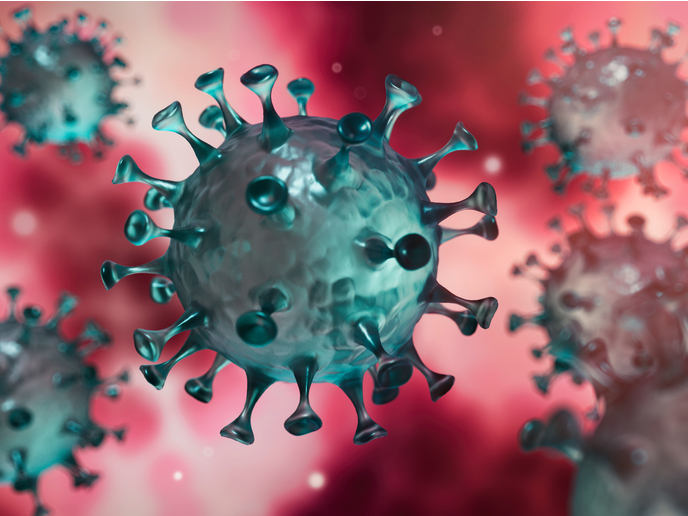Coronavirus structure investigation to improve antiviral drug effectiveness
Just over a year after the first appearance of the SARS-CoV-2 virus, the world is still battling the pandemic it has caused. In this battle to find effective medications and vaccines for COVID-19, scientists have been working to identify the structure of the virus and how it replicates itself. Promising research supported by the EU-funded TRANSREGULON project has now provided insight into SARS-CoV-2 virus at the atomic level. Research conducted by a team from the Max Planck Institute for Biophysical Chemistry in Germany has made it possible to analyse the inhibitory mechanisms of COVID-19 treatment drugs such as remdesivir. With additional support from the EU-funded illumizymes project, the team joined forces with researchers from Julius Maximilian University of Würzburg to show that although remdesivir can slow the coronavirus’ replication, it can’t stop it.
Valuable insight into virus structure
Cryo-electron microscopy was used to identify the structure of the SARS-CoV-2 spike protein at near-atomic resolution. By analysing the protein’s properties in its natural environment, the research team discovered that the stalk anchoring the protein to the virus’ surface is actually quite flexible. According to an article published on the website of TRANSREGULON project coordinator Max Planck Society for the Advancement of Science, “[t]he analyses also showed that antibodies can bind well to the upper part of the spike protein, while other parts of the protein are coated with sugar chains to protect them from being recognized by the immune system.” This information is valuable for determining which areas could be targets for vaccines or antiviral drugs.
Gaining a better understanding of antiviral drug effectiveness
New insight into years of research into RNA polymerases – what the above article refers to as “copying machines” of genetic material – helped researchers at the Max Planck Institute for Biophysical Chemistry to quickly identify the structure of the RNA polymerase of SARS-CoV-2 virus. “After the outbreak of the pandemic, we developed a unique method to make molecular details visible within a very short time,” explains Max Planck Institute Director Prof. Patrick Cramer in the same article. This knowledge has made it possible to analyse how the SARS-CoV-2 polymerase interacts with antiviral drugs such as remdesivir. Although an EU-approved medication for treating COIVD-19, remdesivir isn’t very effective. Working together, the Julius Maximilian University and Max Planck research team showed that when it’s incorporated in the SARS-CoV-2 RNA strand, remdesivir inhibits the continuation of RNA polymerase, but only temporarily. This means that while the drug can slow the virus’ replication, it can’t completely stop it. “We are gaining unique insight into mechanistic details. This, in turn, is giving us a better understanding of the disease,” observes Prof. Cramer. The team now aims to study how the virus’ RNA polymerase interacts with other known antiviral drugs. The study on the virus’s structure was published in the journal ‘Nature’, while that on remdesivir’s inhibitory mechanisms can be found in the journal ‘Nature Communications’. Partial funding for these studies was obtained from the illumizymes (Illuminating aptamers and ribozymes for biomolecular tagging and fluorogen activation) and TRANSREGULON (Structural biology of mammalian transcription regulation) projects. illumizymes project website TRANSREGULON project website
Keywords
illumizymes, TRANSREGULON, coronavirus, COVID-19, SARS-CoV-2, virus, remdesivir



